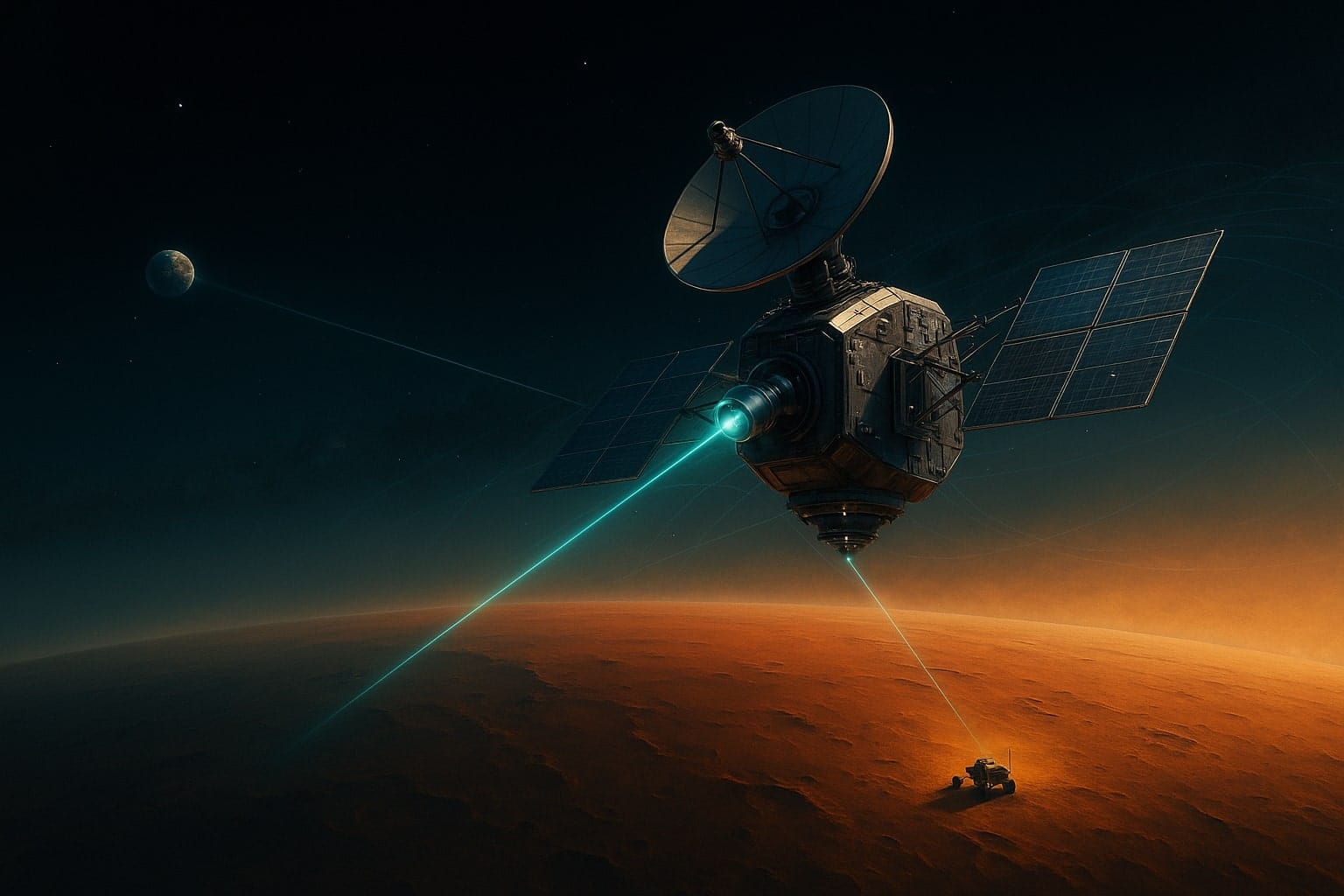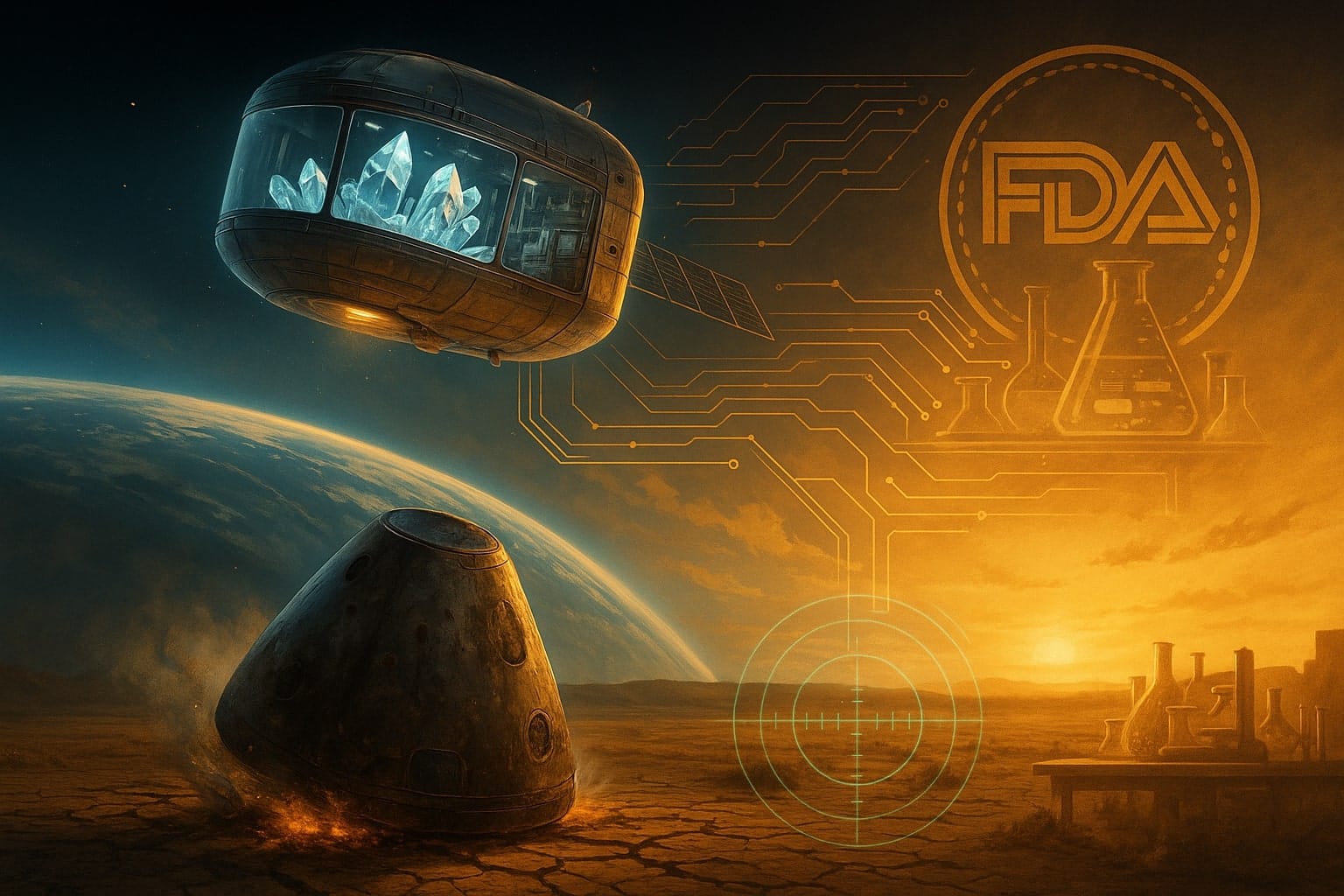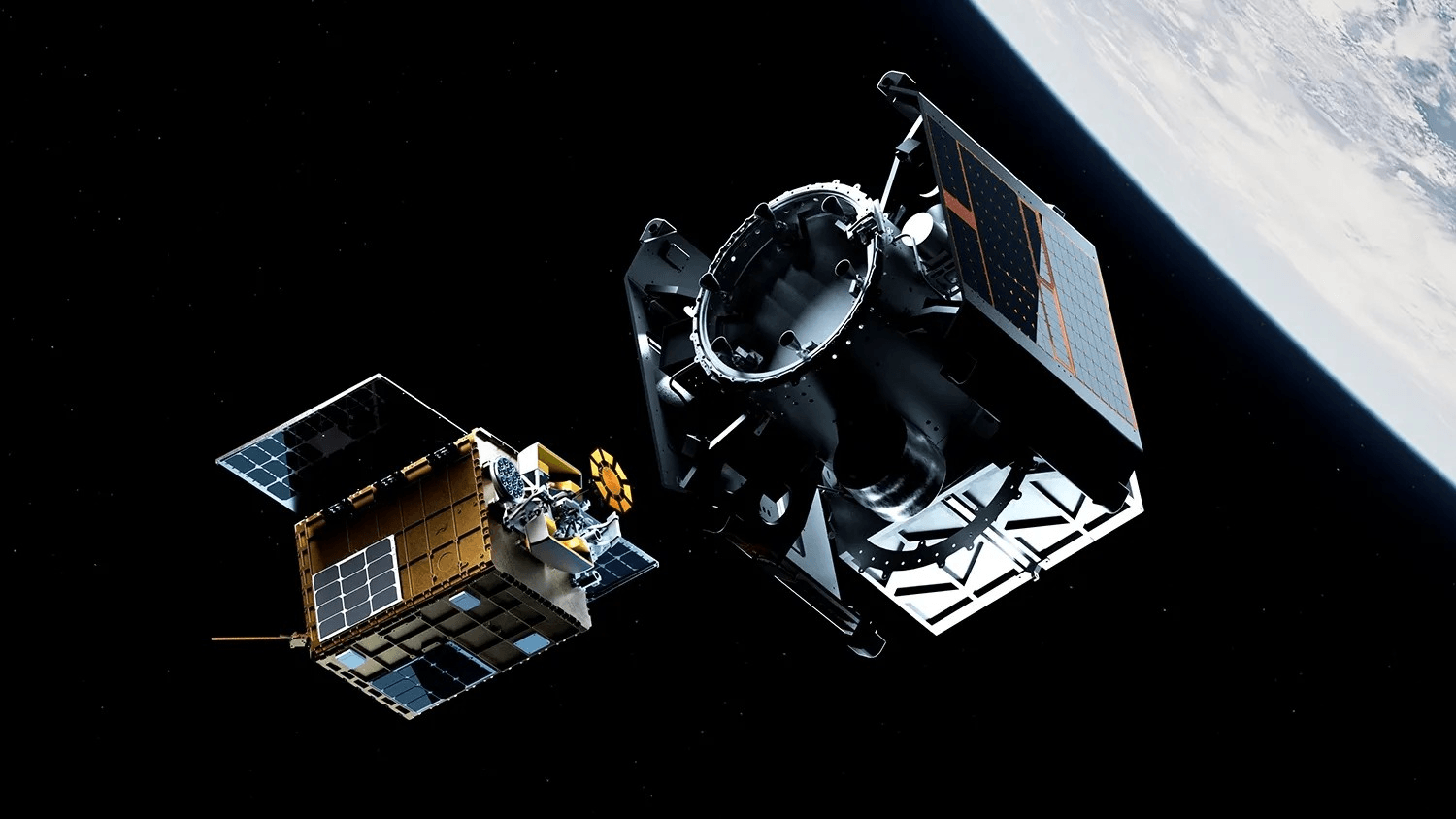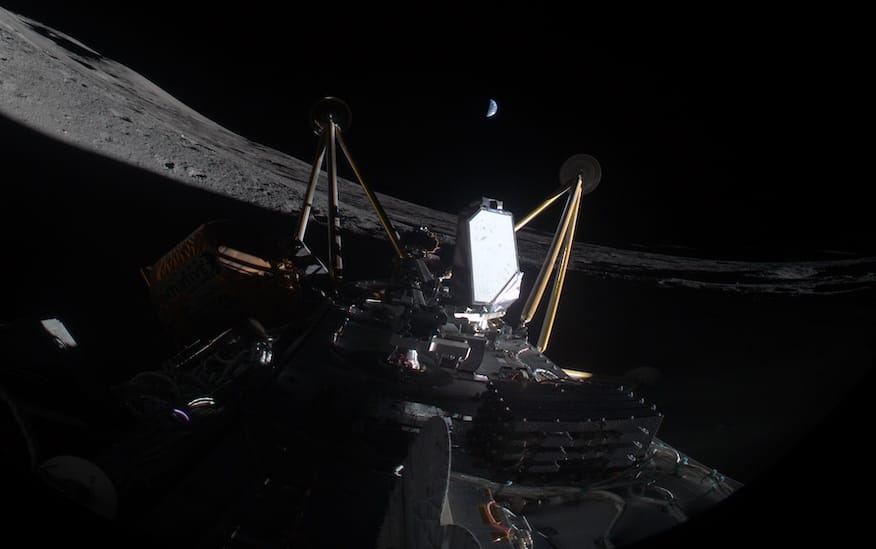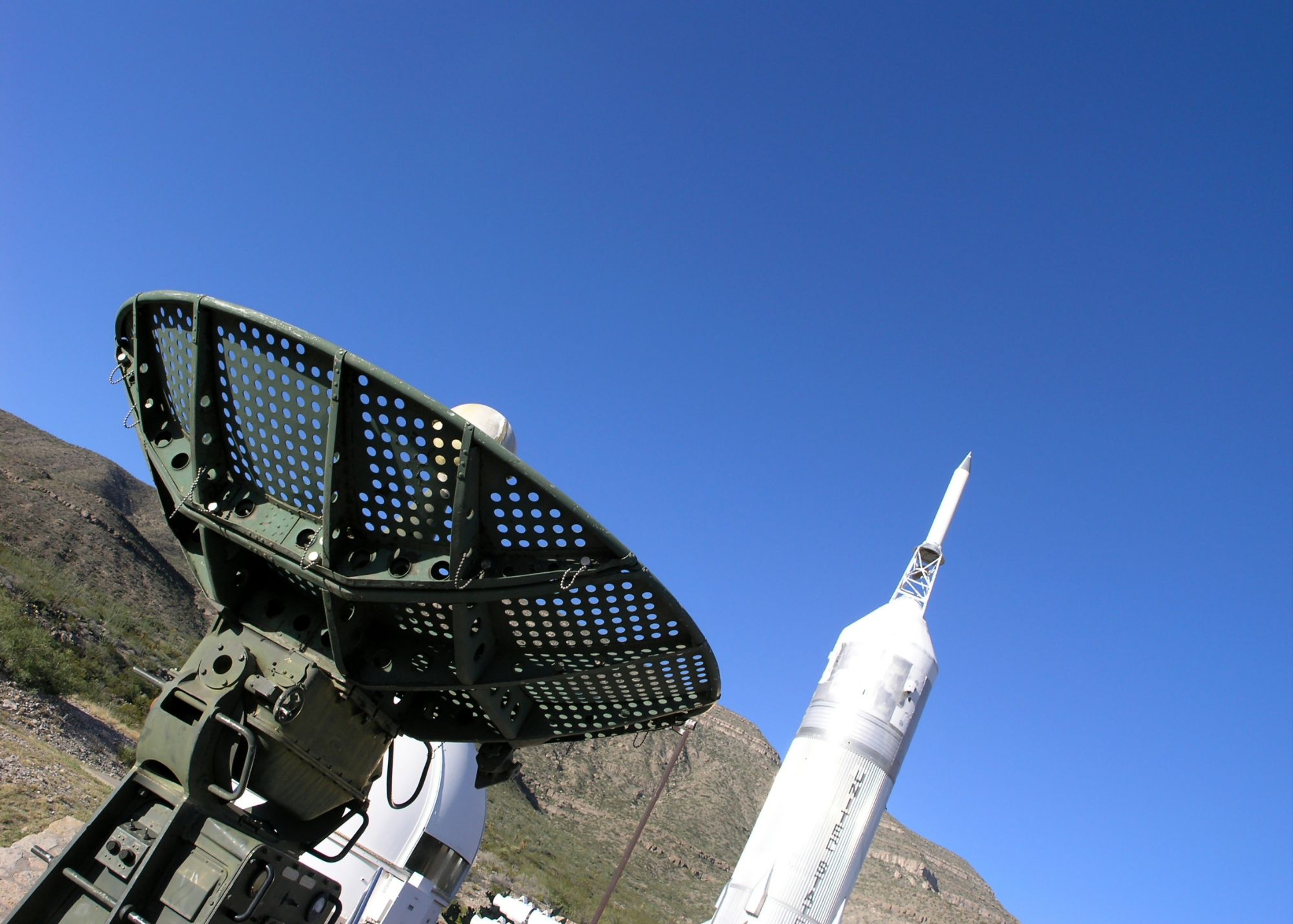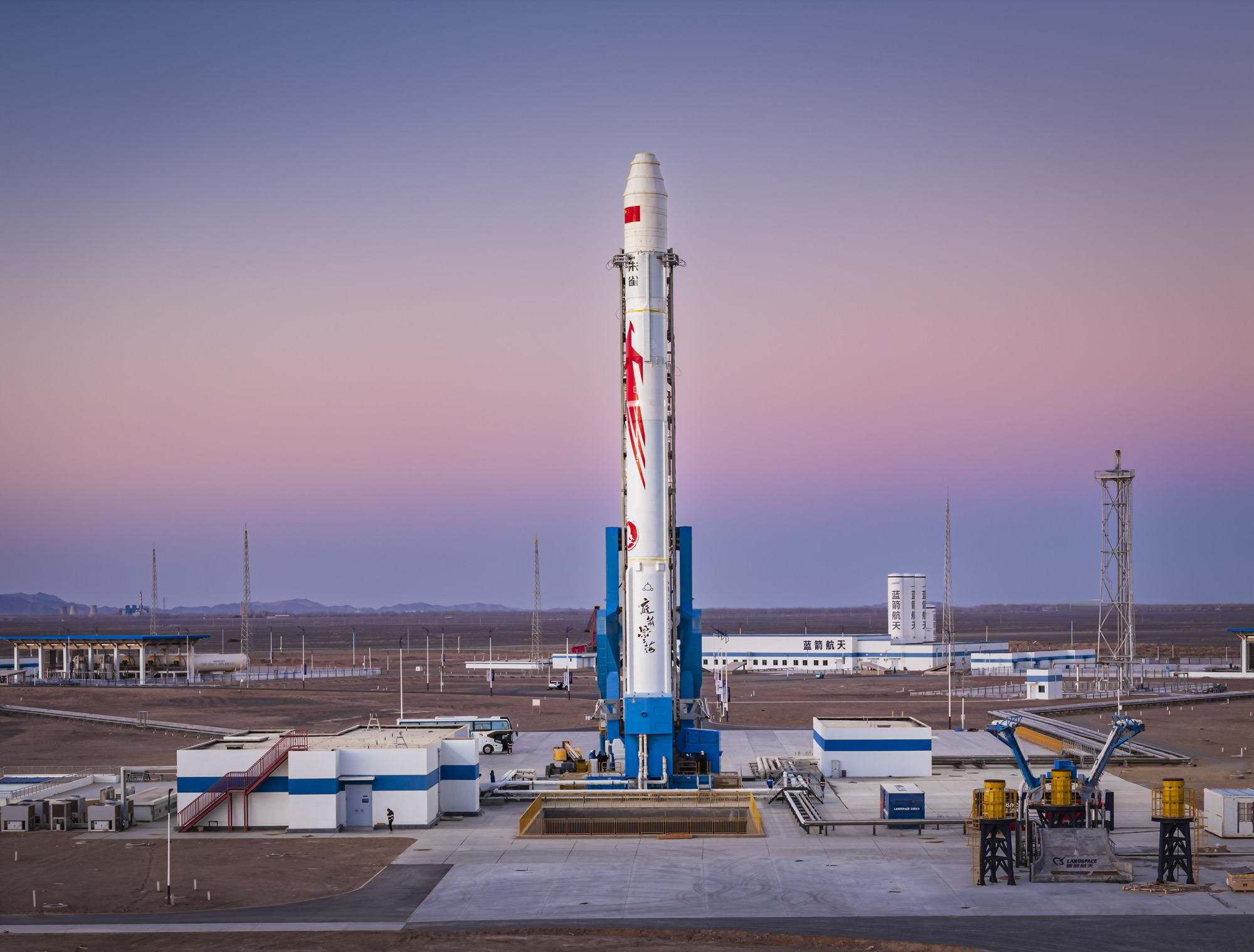ispace, a Japanese lunar exploration company, is poised to make significant strides in space exploration with its upcoming Mission 2. Scheduled for launch on January 15, 2025, this mission aims to deploy the RESILIENCE lunar lander and the TENACIOUS micro rover to the Moon’s surface. Building upon the experiences from their previous mission, ispace seeks to demonstrate advanced landing capabilities and conduct lunar surface exploration, contributing to the broader goals of sustainable lunar development.
Table of Contents
ToggleBackground
Founded in 2010 by Takeshi Hakamada, ispace has been at the forefront of private lunar exploration. The company envisions utilizing lunar resources to support a space-based economy, with a particular focus on harnessing the Moon’s water resources. Their first mission, HAKUTO-R Mission 1, launched in December 2022, aimed to perform a soft landing on the Moon but faced challenges during the final descent. Undeterred, ispace has analyzed the data from this mission to enhance the design and reliability of their spacecraft for Mission 2.
Mission 2, part of the HAKUTO-R program, represents a critical step in ispace’s roadmap. The mission will involve a soft landing and the deployment of a rover for surface exploration and data collection, showcasing the company’s commitment to developing low-cost, frequent transportation services to the Moon.
ispace’s efforts align with global interests in lunar exploration, as nations and private entities recognize the Moon’s potential for scientific discovery and resource utilization. The company’s collaboration with partners like SpaceX and participation in initiatives such as NASA’s Commercial Lunar Payload Services (CLPS) underscore its role in the evolving landscape of space exploration.
Key Details of Mission 2
- Launch Details:
- Date and Time: January 15, 2025, at 06:11 UTC.
- Launch Vehicle: SpaceX Falcon 9 rocket.
- Launch Site: Launch Complex 39A at NASA’s Kennedy Space Center, Florida.
- Mission Objectives:
- Deployment of RESILIENCE Lunar Lander: Designed to perform a soft landing on the lunar surface, demonstrating ispace’s advanced landing capabilities.
- Operation of TENACIOUS Micro Rover: Aimed at conducting surface exploration, collecting lunar soil samples, and performing experiments related to lunar food production.
- Mission Duration:
- The RESILIENCE lander will follow a low-energy trajectory, with a transit time of approximately four to five months, targeting a landing in mid-2025.
- Surface operations are planned to last for about 14 Earth days, corresponding to one lunar day, to maximize efficiency before the onset of the lunar night.

Partnership with SpaceX and NASA
- Collaboration with SpaceX:
- ispace has partnered with SpaceX for the launch of Mission 2, utilizing the Falcon 9 rocket known for its reliability and cost-effectiveness in delivering payloads to space.
- Involvement with NASA:
- While ispace’s Mission 2 is a private venture, it aligns with NASA’s broader goals of lunar exploration under the Artemis program.
- The mission complements NASA’s efforts to engage commercial partners in delivering scientific instruments and technology demonstrations to the Moon.
- Concurrent Missions:
- The Falcon 9 rocket will also carry Firefly Aerospace’s Blue Ghost Mission 1, part of NASA’s Commercial Lunar Payload Services (CLPS) initiative, aiming to deliver scientific instruments to the Moon’s Mare Crisium region.
Significance of the Mission
- Advancement in Lunar Exploration:
- Mission 2 represents a significant milestone for ispace, demonstrating the company’s capability to deliver payloads to the lunar surface and conduct in-situ experiments.
- Contribution to Sustainable Lunar Presence:
- The mission’s experiments, including lunar soil collection and food production studies, are crucial steps toward establishing sustainable human presence on the Moon.
- Support for Future Missions:
- Data and experience gained from Mission 2 will inform the design and execution of subsequent missions, both for ispace and the broader space exploration community.
- Enhancement of Commercial Space Industry:
- By successfully executing Mission 2, ispace contributes to the growing role of private companies in space exploration, fostering innovation and expanding the commercial space sector.
Broader Implications
ispace’s Mission 2 signifies a pivotal advancement in the commercial space sector, highlighting the increasing role of private enterprises in lunar exploration. The mission’s focus on deploying a micro rover to collect lunar regolith and conduct experiments related to lunar food production underscores the potential for utilizing lunar resources to support future human habitation. This aligns with global efforts to establish a sustainable human presence on the Moon, serving as a stepping stone for further deep space exploration. The collaboration between ispace, SpaceX, and NASA exemplifies the growing synergy between private companies and government agencies, fostering innovation and accelerating the pace of space exploration.
Timeline and Future Plans
Following the launch on January 15, 2025, the RESILIENCE lunar lander is expected to follow a low-energy trajectory, with a transit time of approximately four to five months, targeting a landing in mid-2025. Surface operations are planned to last for about 14 Earth days, corresponding to one lunar day, to maximize efficiency before the onset of the lunar night. Looking ahead, ispace aims to leverage the insights and data gathered from Mission 2 to refine their technologies and operational strategies for subsequent missions. The company envisions a future where lunar resources are harnessed to support a thriving space-based economy, with plans to offer regular transportation services to the Moon and facilitate the development of lunar infrastructure.
Conclusion
ispace’s Mission 2 represents a significant milestone in the journey toward sustainable lunar exploration. By deploying advanced technologies and conducting critical experiments, the mission contributes valuable knowledge and experience to the global space community. The collaboration with industry leaders like SpaceX and participation in initiatives such as NASA’s Commercial Lunar Payload Services (CLPS) program underscore the mission’s importance in the broader context of space exploration. As humanity sets its sights on the Moon and beyond, endeavors like ispace’s Mission 2 pave the way for a future where lunar resources are integral to our presence in space.

